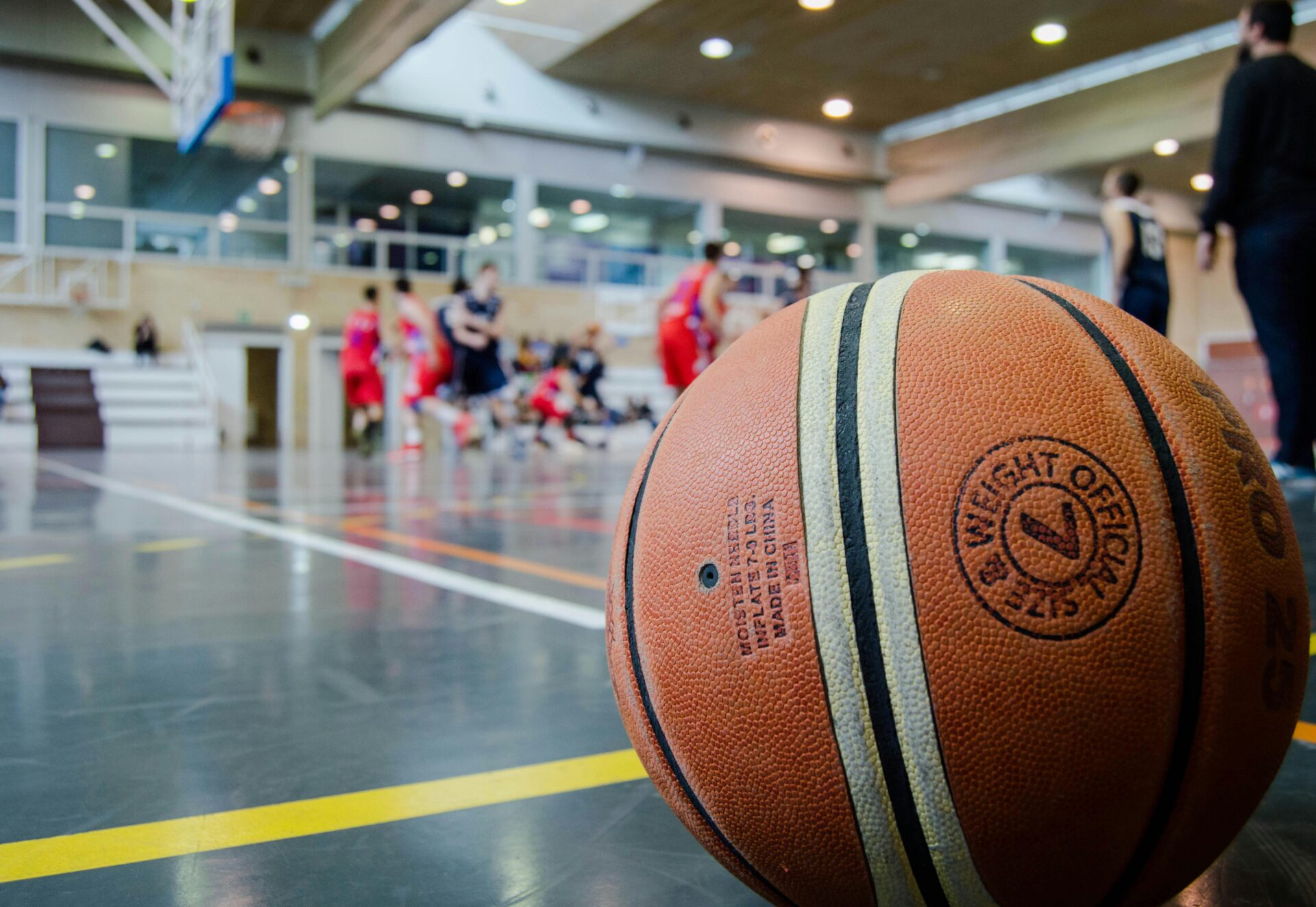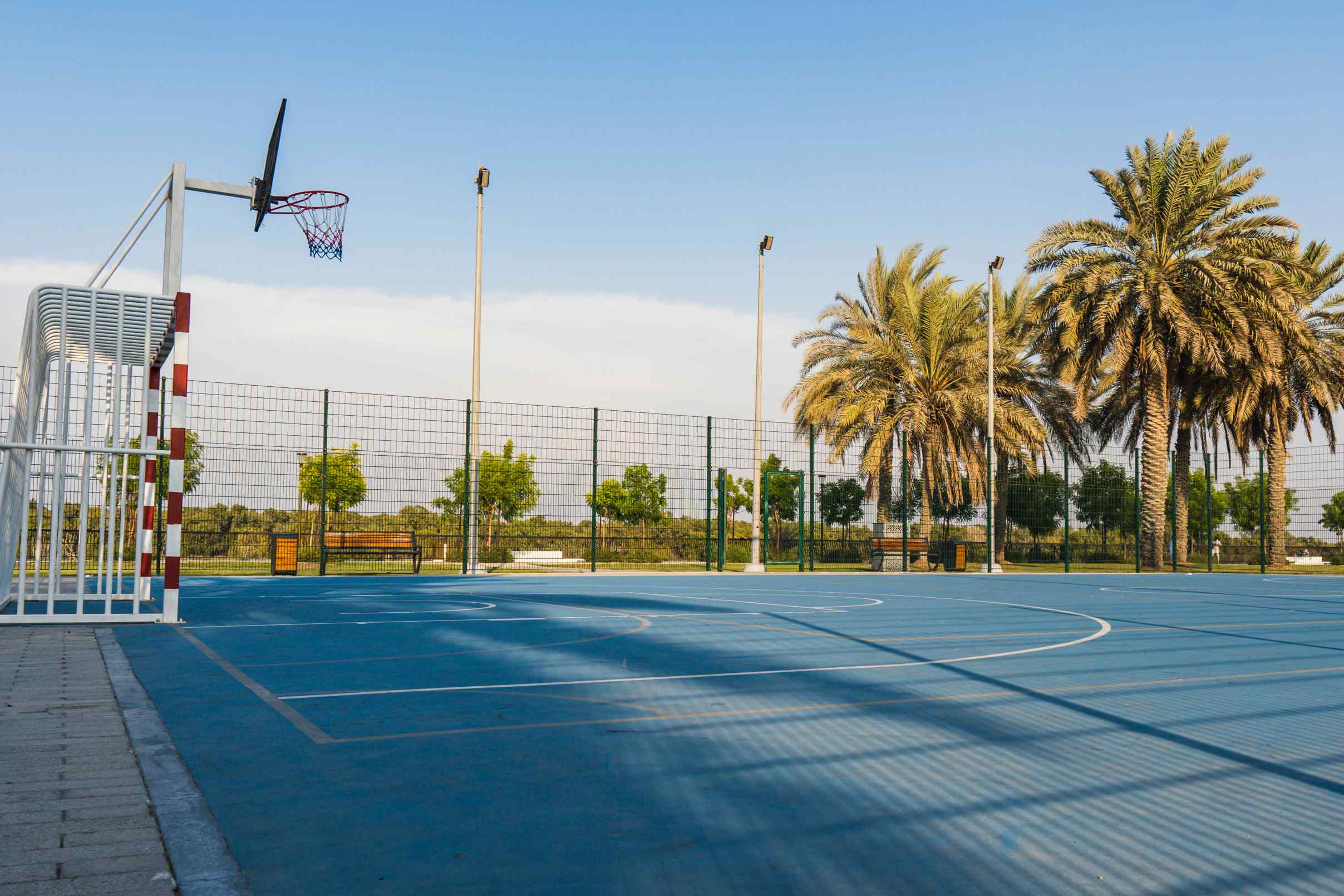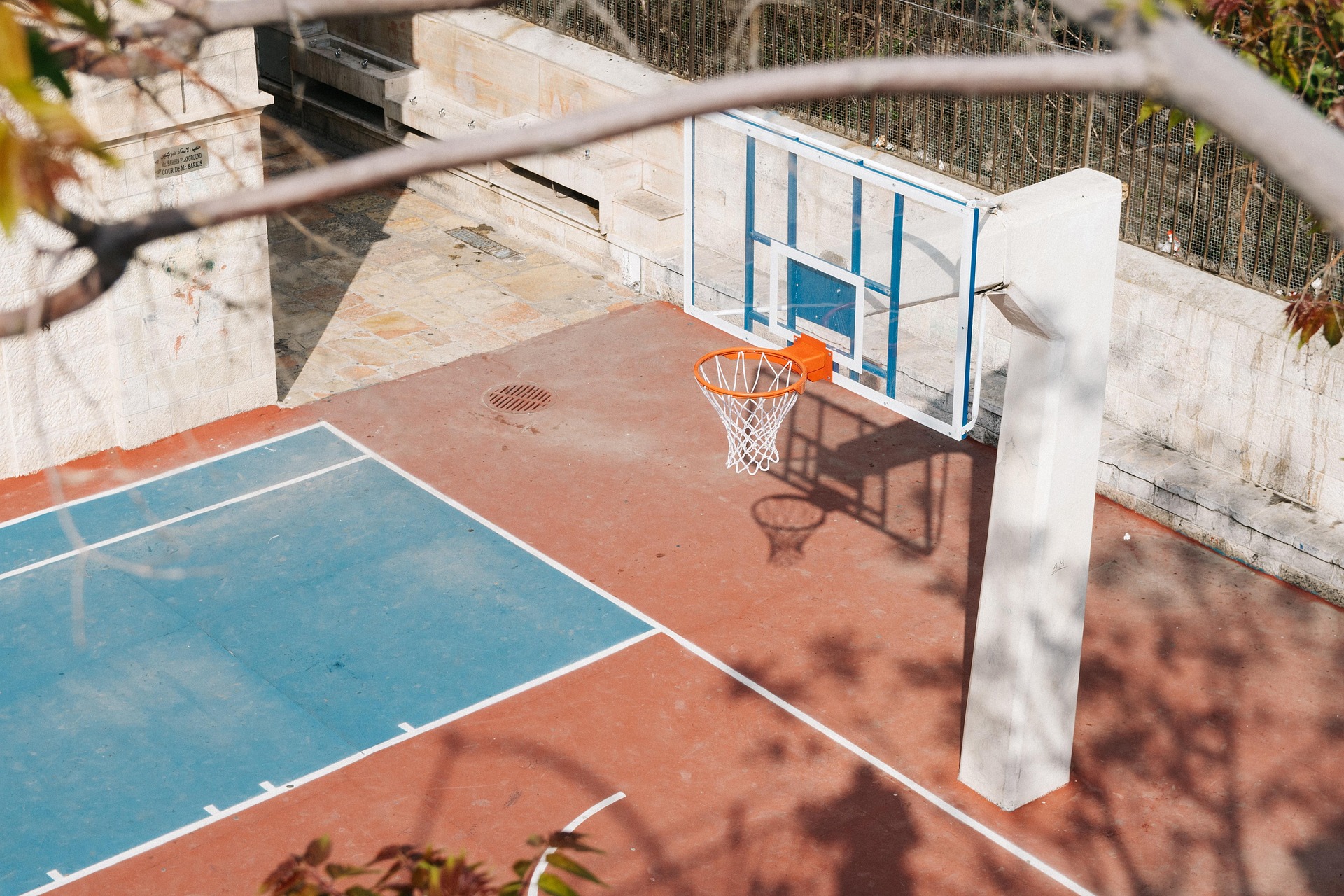If you’re a sports enthusiast, you may be wondering how long a typical volleyball game lasts. Volleyball is a popular indoor and outdoor sport that’s played worldwide, ranging from organized leagues and tournaments to casual backyard games.
Unlike other sports with set game times, the length of a volleyball game can vary depending on several factors, including the level of play, the rules being followed, and the format of the match.
From the number of players on each team to the level of play, there are many different factors that can impact the length of a volleyball game. Other variables, such as timeouts, player substitutions, and the intensity of each rally, can also impact the game’s overall length.
This article Looks into how long a volleyball game typically lasts. So let’s begin exploring all the key factors about how long is a volleyball game.
Volleyball Match Formats: Sets and Duration
Volleyball, a thrilling and dynamic sport, offers various match formats that dictate the number of sets played and ultimately determine the winner.
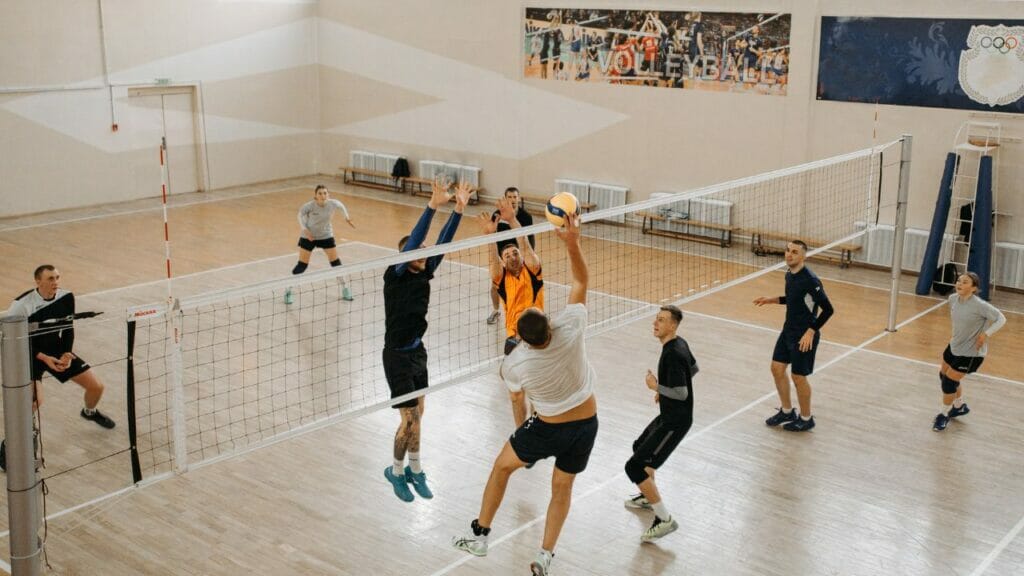
Understanding these formats enhances our appreciation for the game. This section will look into the different match formats and how many periods in volleyball.
Read More
How Long Is A High School Basketball Game?
2-Out-of-3 Format
In the 2-out-of-3 format, a team must win two sets to be declared the winner of the competition. The initial two sets usually consist of 25 points, while the third set, if necessary, is played to 15 points. This structure is commonly employed in tournaments and competitive scenarios featuring lower to moderate-skill-level participants.
This format encourages a more protracted competition, allowing teams to develop strategies, adjust to their opponents, and exhibit their abilities. Consequently, it generates a more comprehensive and engrossing experience for players and viewers.
3-Out-of-5 Format
The 3-out-of-5 format in volleyball requires a team to win three sets in order to be declared the winner. When you play the first four sets, you are attempting to reach 25 points in your first set; however, if you need to play a fifth set, you will be attempting to reach 15 points in your fifth set.
This format is typically reserved for high-level competitions, such as college and professional volleyball, but it is also commonly used in high school tournaments or season championship finals.
The 3-out-of-5 format is an intense and demanding competition that challenges teams to demonstrate endurance, resilience, and adaptability. It allows for more intricate strategies and gives teams the opportunity to analyze and adjust to their opponents’ gameplay throughout the match.
On average, a 3-out-of-5 match can last anywhere from 90 to 150 minutes, with an estimated 25 minutes per set. This format provides an exciting and extended competition for players and spectators.
Best Out of 2 Format
The best out of 2 formats is a competition style that involves playing only two sets, regardless of the outcome. These sets can either end with a 1-1 tie or a 2-0 score.
If a tie occurs, the team with the higher total points across both sets is declared the winner based on the scoring difference. This format is commonly utilized in specific tournaments where there are time or space constraints.
By limiting the number of sets played, organizers can plan tournaments with more precise time slots and reduce potential delays. On average, a best out of 2 match lasts between 50 to 60 minutes using the estimated 25 minutes per set.
In short, Volleyball match formats vary, offering different set structures and durations. The 2-out-of-3 format is common in low and medium-skill level competitions, while the 3-out-of-5 format is prevalent in high-level and professional matches. The best out of the 2 formats is employed in certain tournaments for logistical reasons.
Rallies and Points
Volleyball teams aim to gain rallies, measured from the moment a serve begins until the game ends. Volleyball teams aim to gain rallies, measured from the moment a serve begins until the game ends.
The aim for both teams is to prevent their opponents from successfully returning the ball, and if a team successfully wins a rally, they are granted a point. The duration of rallies can vary greatly, ranging from brief moments to longer periods.
The average time for a rally to conclude is typically between 5-7 seconds, but there are instances where it can be completed in under a second.
The duration of a rally can be influenced by the level of skill and strategy displayed by the teams competing. In closely contested games, rallies can extend to more than 50 touches in one continuous play.
Duration of a Rally in Volleyball
The world of volleyball is characterized by its fast pace, and the length of each rally plays a crucial role in the game. With every rally, players engage in thrilling moments of strategic play, from the serve all the way to the point’s conclusion.
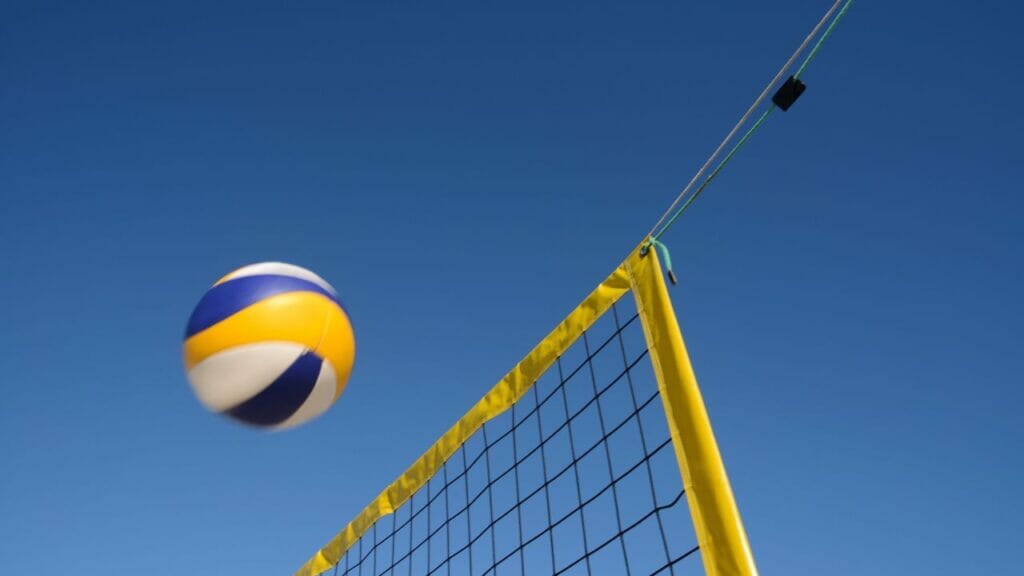
In this section, we’ll delve into the typical duration of volleyball rallies, factoring in the effects of pseudo-rallies and analyzing the distinctions between men’s and women’s volleyball.
Read More
Volleyball Court Dimensions: Everything You Need to Know
Understanding Pseudo-Rallies.
To properly comprehend rally duration, grasping the notion of pseudo-rallies is crucial. Pseudo-rallies transpire when a serve is followed by a rapid point or a direct mistake.
Some instances of pseudo-rallies comprise an ace serve or a serve error that leads to a swift point. Such moves take less than one second to execute.
Rally Duration in Men’s Volleyball.
Based on a 2016 Olympic Games analysis by the International Volleyball Federation (FIVB), men’s volleyball has an average rally duration of 5.51 seconds. It’s important to note that this data includes pseudo-rallies.
However, when we remove the pseudo-rallies, the average rally duration in men’s volleyball increases to around 6.9 seconds. This adjusted figure represents the time spent playing during rallies in men’s volleyball.
Rally Duration in Women’s Volleyball.
The duration of rallies in women’s volleyball is slightly longer compared to men’s volleyball. According to an analysis by FIVB, the average rally duration in women’s volleyball is approximately 7.25 seconds, which accounts for pseudo-rallies.

However, if we exclude pseudo-rallies from the calculation, the average rally duration in women’s volleyball increases to around 8.25 seconds. This adjusted duration provides a more accurate representation of the time spent engaging in active play during rallies in women’s volleyball.
Time Rules and Elements in Volleyball
Volleyball matches are determined by the action on the court and the various time rules and elements that come into play. Here, we will explore some of the important time-related rules and elements in volleyball and discuss how long does a volleyball game last.
Tie-Breaking Interval
In volleyball, during tie-breaker sets (set 3 or 5), an intriguing process occurs when the team in the lead attains 8 points. At this juncture, both teams must switch sides on the court. This time period does not entail timeouts or breaks, and the game recommences when all players have taken their positions, ensuring an equitable exchange.
Set Interval
In volleyball, set interval indicates the duration between sets. Once a set concludes, the referee instructs the teams to switch sides. Normally, set intervals offer brief respites that are approximately 3 minutes long.
Even so, in competitive volleyball, the 3-out-of-5 format calls for a longer 5-minute break between the second and third sets. Over the course of a five-set game, players spend a total of 14 minutes taking set intervals.
Substitutions
During breaks in play, teams can opt to replace one player with another. The regulations regarding substitutions may differ depending on the competition level; however, each set usually permits a specific number of substitutions.
To swap players, the coach or player must approach the officials and request the substitution, which will be documented before the players can switch positions. Substitutions are typically fast procedures that generate minimal disruptions, lasting under 20 seconds per substitution.
In-Between Rallies
As a volleyball player, it’s crucial to acknowledge that there’s more to the game than just rallies. Although a typical volleyball rally lasts only 4 to 8 seconds, there’s an average of 15 seconds of downtime between rallies. During this time, players can celebrate a point, officials can retrieve the ball, and teams can strategize for the next play or service.
Service
As the game of volleyball commences, the referee holds the authority to determine when the rally begins, and the service is delivered. When the referee blows the whistle, the serving player must complete their service within 8 seconds.
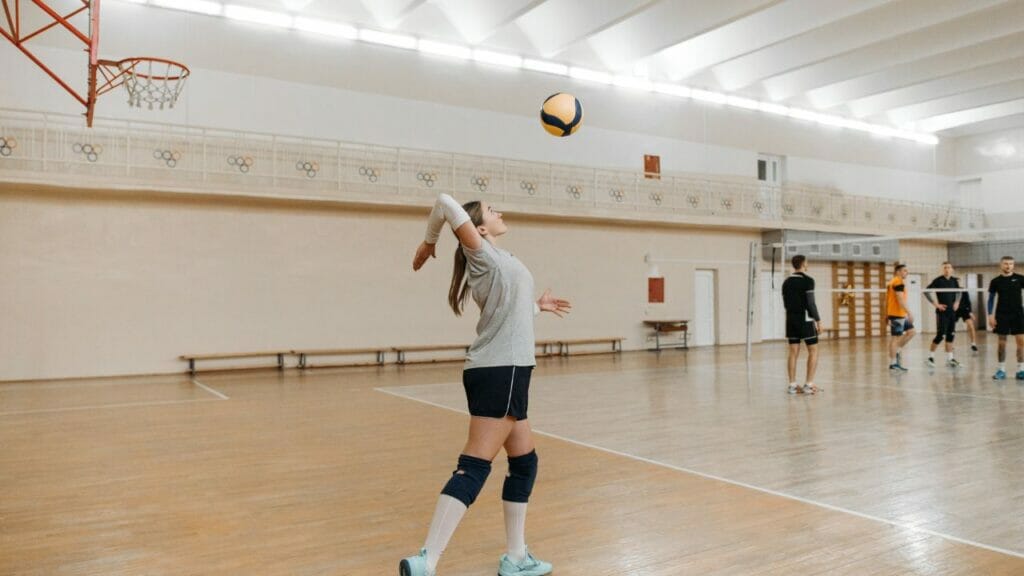
If the serving player fails to execute the service within the given time frame, the referee will cancel the service, and the opposing team will be awarded the point and service. The referees are accountable for keeping track of the time and implementing this regulation silently.
Read More
Warm-up Session
Before a volleyball game officially starts, teams are given a warm-up session to get ready. The organizers set up the net, antennas, and other necessary preparations while both teams stretch and practice their services and attacks on the court. Read about the volleyball net height.
The duration of the warm-up session might differ but typically lasts between 10 to 30 minutes, ensuring that the teams are well-prepared before the game begins.
Timeouts
Timeouts serve as official pauses in the game and can be called by the team captain or coach when the ball is not in play. The timer for timeouts varies depending on the level of competition.
Each team is granted two timeouts per set in most competitive volleyball settings. For instance, FIVB and other governing bodies’ official competitions have timeouts that last from 30 to 75 seconds.
Technical timeouts for these competitions usually last for about a minute and are triggered when the leading team reaches the 8th and 16th point marks. However, it’s important to note that technical timeouts are not activated during a match’s fifth and final set.
Furthermore, the FIVB justifies the inclusion of technical timeouts as a means to promote volleyball, analyze plays, and create additional commercial opportunities.
A Volleyball Court Surface is Also Important.
When it comes to playing volleyball, most people focus on their skills and performance. While it’s true that your skills and technique play a significant role in your game, there’s another important factor that often gets overlooked – the volleyball court surface.
The surface of a volleyball court can significantly impact the game. A good court surface can enhance your performance, reduce the risk of injuries, and provide a better overall experience for players and spectators alike. So, let’s take a closer look at why the volleyball court surface is so important.
First and foremost, a good volleyball court surface should provide adequate traction for players. The surface should be able to grip the players’ shoes, allowing them to make quick turns and stops without slipping.
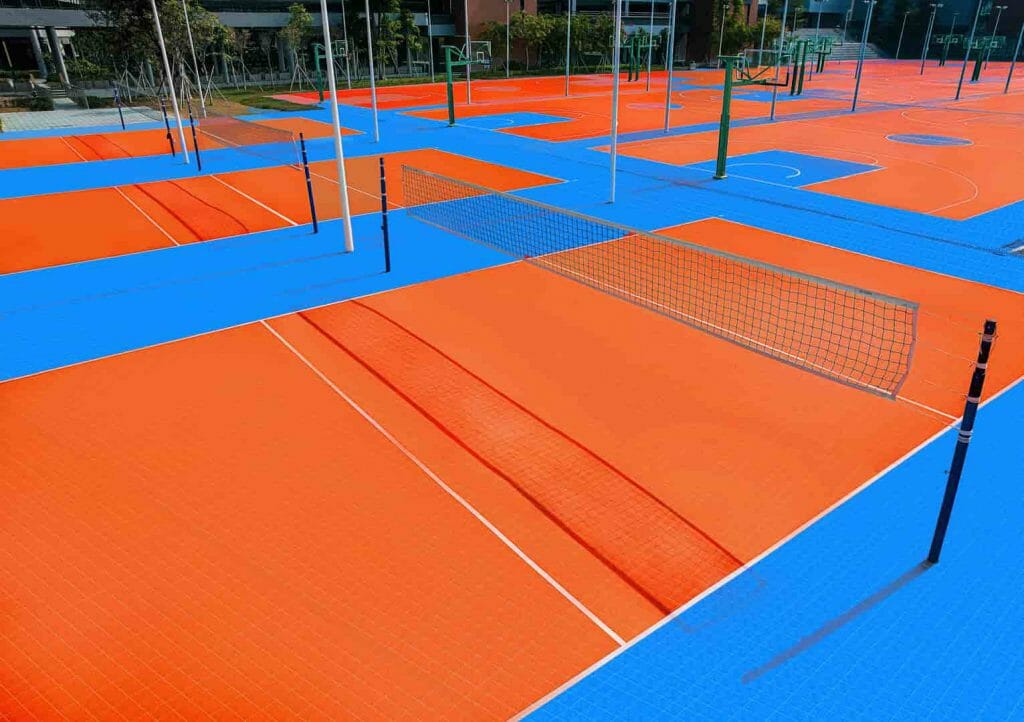
A slippery or uneven surface can lead to falls and injuries, which can put a damper on the game. This is why choosing a surface specifically designed for volleyball is important, as opposed to a generic sports surface.
In addition to providing good traction, a volleyball court surface should also be able to absorb shock. Volleyball players jump frequently, and a surface that is too hard can lead to joint pain and injuries.
A good volleyball court surface should have some degree of shock absorption, whether through a layer of padding or slightly softer surface material. The type of surface also plays a role in the game’s pace and ball movement.
Hard surfaces like concrete or asphalt tend to be faster, making the ball bounce higher and travel faster. This can make it more challenging for players to control the ball and execute precise shots.
However, surfaces like VMKON SPORTS COURTS make controlling the ball and executing precise shots easier. Investing in a high-quality volleyball court surface is crucial if you want to take your game to the next level.
VMKON SPORTS COURTS offer innovative, high-quality flooring solutions to meet all players’ needs. Their court tiles provide maximum stability and prevent injury, allowing you to focus on your game without worrying about the playing surface.
Ultimately, a good volleyball court surface is essential for a high-quality game. It should provide good traction, shock absorption, and levelness while also being properly maintained.
Finally,
A volleyball game can be played in different formats, but the standard game is played in sets of five. The length of a volleyball game also depends on factors such as the skill level of the players, the number of timeouts taken, and the pace of the game.
As with any sport, the length of a volleyball game is not the most important aspect, but rather the enjoyment and competition it provides for players and spectators alike.
FAQs
How many minutes is 1 set of volleyball?
On average, a set of volleyball can last anywhere from 20 to 30 minutes. A set in volleyball is played to a certain number of points, rather than a specific time limit. The number of points required to win a set can vary, but it is commonly set at 25 points for professional and college matches.
Is there a time limit in volleyball?
On average, a 3-out-of-5 match can last anywhere from 90 to 150 minutes, with an estimated 25 minutes per set. This format provides an exciting and extended competition for players and spectators.
How many rounds in a volleyball game?
Volleyball game consist of 5 sets and a team need to win three sets in order to be declared the winner. The first four sets consist of 25 points; however, the last fifth set, consists of 15 points.



